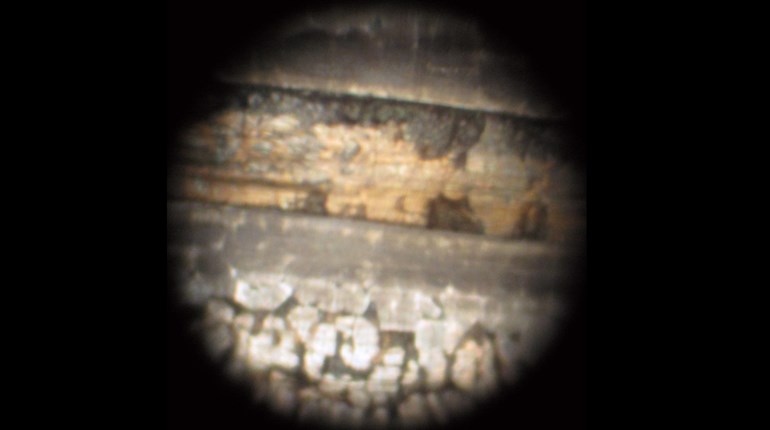
Recently, while exploring the local gun show, I picked up some reasonably priced 7.62 NATO training ammunition manufactured by DAG in Germany. Little did I realize, until I got home and opened the box, that the cartridges were all plastic—bullets and all—apart from the bases where the primers are located. What is this ammunition good for, and what was it designed to do? Is it available in other calibers? Is it lethal? Can I shoot it in my Ruger RPR without any problems? Tell me I did not spend my money for nothing.
Chester Topp — via e-mail
What you describe sounds like the blue plastic training ammunition manufactured by Dynamit Nobel for the Bundeswehr (the German military) to be used with a bolt adapter in its G3 rifles. The application was for it to be used where adequate range space for practice and qualification on centerfire rifles was unavailable.
The idea was to allow those soldiers issued the G3 to practice marksmanship, handling and maintenance on indoor ranges or in compact outdoor areas such as pistol ranges that would not accommodate standard service ammunition. By replacing the locking bolt mechanism in the G3 with an unlocked, blowback system, the rifle would function in semi-automatic and fully automatic modes in a similar manner as if the shooter were firing standard service ball ammunition.
To prevent standard 7.62 NATO ball ammunition from being fired in the rifle with the blowback bolt installed, the bolt face was made slightly smaller in diameter, so the firing pin could not reach the primer to fire the standard cartridge if it was ever mistakenly introduced into the gun. Firing ball ammunition with an unlocked bolt would be catastrophic to the rifle and perhaps the shooter, which was the reason for the bolt-face difference. To accommodate the aforementioned difference in size, the case head of the training ammunition is manufactured featuring a slightly smaller-diameter base, making it compatible with the blowback-style bolt mechanism.
This diameter difference sometimes causes extraction difficulties when the ammunition is fired in firearms with 7.62 NATO or .308 Win. chambers. Furthermore, in such rifles having chambers that are within manufacturers specification, but are on the maximum end of the stated dimension, light primer hits may be experienced because of the more pliable nature of the plastic cases as opposed to brass or steel.
Other than that, the plastic cartridges should fire with little difficulty in manually operated firearms, including your Ruger RPR. In self-loading firearms without an adapter, the cartridges will usually work by manually cycling the bolt for each shot, but not with regular semi-automatic function.
These cartridges are lethal at short ranges. Even though the projectile weighs only 10 grains, in a full-length rifle barrel, muzzle velocity approaches 5,000 fps. This equates to the muzzle energy generated by many service-pistol cartridges. With all the variables one might have to shoot through in a defensive situation, I could not hazard a guess as to what the penetrative or expansion capabilities of the plastic projectile would be on a threat. What I can tell you is that varmints out to 35 or 40 yards on my property do not fare well when engaged with these bullets. While on the subject of penetration, I can say that the 10-grain bullets will sometimes stick to—not fully penetrate—a typical cardboard target at 100 yards.
Accuracy with this ammunition varies with the gun it is shot in. However, at closer distances, your results should be similar to conventional ammunition in your gun. I have not found the plastic training cartridges to be benchrest quality, nor did I expect them to be. Regardless, accuracy at 50 yards and closer is more than adequate for offhand shooting and working to improve your marksmanship from improvised positions. However, be aware that wind does have its effects on the lightweight bullets, even at short distances.
Over the years, Dynamit Nobel and its successors through corporate mergers have made short-range training ammunition in the form of military cartridges, from 9 mm to the mighty .50 BMG, all with the same purpose in mind, which is realistic training in a compressed environment. Most are manufactured with a metal case head pressed into a blue, plastic case body and projectile, but there are some variables such as the M862 5.56 NATO plastic ball cartridge that uses a full brass cartridge case topped with a blue, plastic bullet.
There are blank cartridges manufactured similarly, but they are black in color to differentiate them from the blue-projectile-firing training cartridges.
If used as intended for training—especially from off-hand and improvised positions—the bargain ammunition you bought is more than worth its cost when compared with the amount you could have spent purchasing conventional ammunition.



































